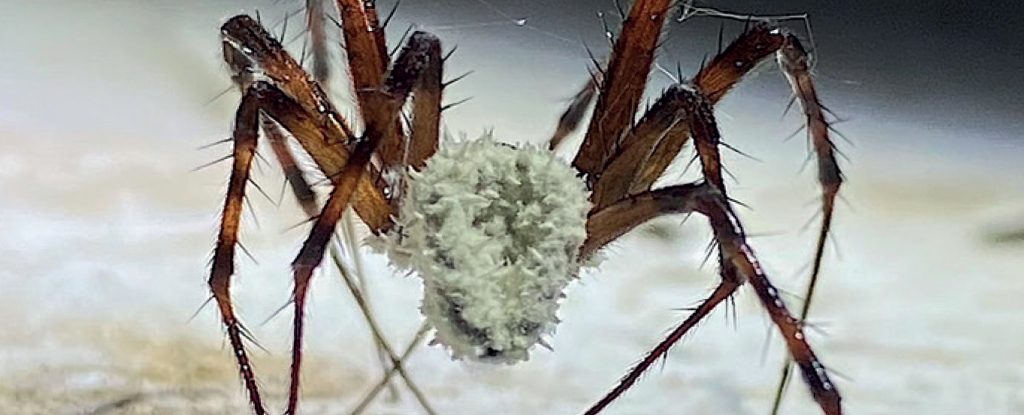New Fungus Species Discovered in Northern Ireland Manipulating Spider Behaviour

A new fungus species named Gibellula attenboroughii has been discovered in Northern Ireland, influencing spider behaviour in its favour, similar to known fungi affecting ants.
A new species of fungus has been discovered in an abandoned gunpowder storeroom in Northern Ireland, found entwined with the body of a spider host. This unusual encounter was recorded by a BBC documentary crew while filming the series Winterwatch.
The specimen, an orb-weaving cave spider known as Metellina merianae, was barely recognisable due to a crown of coralline protrusions on its carcass. The find was sent to a team led by mycologist Harry Evans from the Centre for Agriculture and Bioscience International, who identified it as a new species named Gibellula attenboroughii, in honour of Sir David Attenborough.
The fungus was found in association with either M. merianae or another orb spider species, the Meta menardi. Both spider species typically hide near their webs, but those infected display a peculiar behaviour change, making them more visible on cave ceilings, potentially manipulated by the fungus's influence.
This phenomenon is reminiscent of ants infected by Ophiocordyceps fungi in the Brazilian Atlantic rainforest, where the fungus affects their behaviour through dopamine manipulation.
The researchers noted, "The fact that Gibellula-infected spiders are found in prominent positions on the roof or ceiling of their subterranean habitats indicates a behavioural change, possibly manipulated by the fungus." The exposed positions allow the fungus’s spores to disperse more effectively.
Despite genetic analysis confirming that the samples from the cave and the gunpowder store belong to the same species of fungi, they exhibit different physical forms possibly due to their environment. The absence of air movement in the gunpowder store contributed to columnar shapes of spores, while the cave provided an environment conducive to dispersal.
Moreover, the discovery suggests similar fungal infections might be present in infected M. merianae specimens in Wales, which have adapted to live in different habitats away from caves. The team also examined historical records, finding illustrations of fungi similar to Gibellula.



)


)








